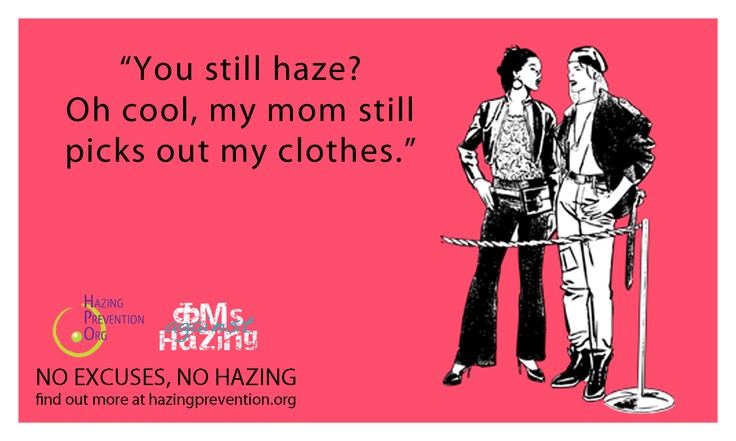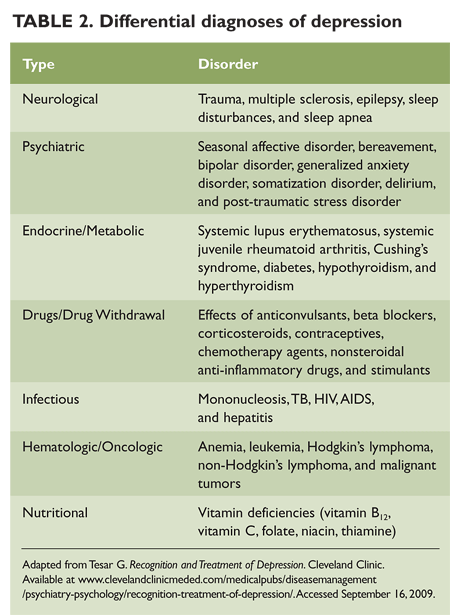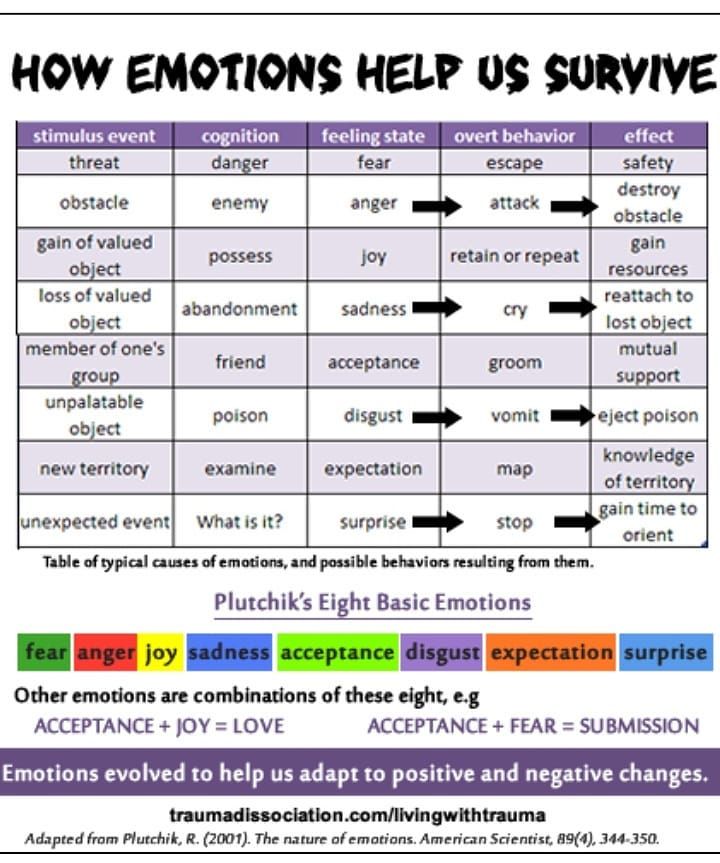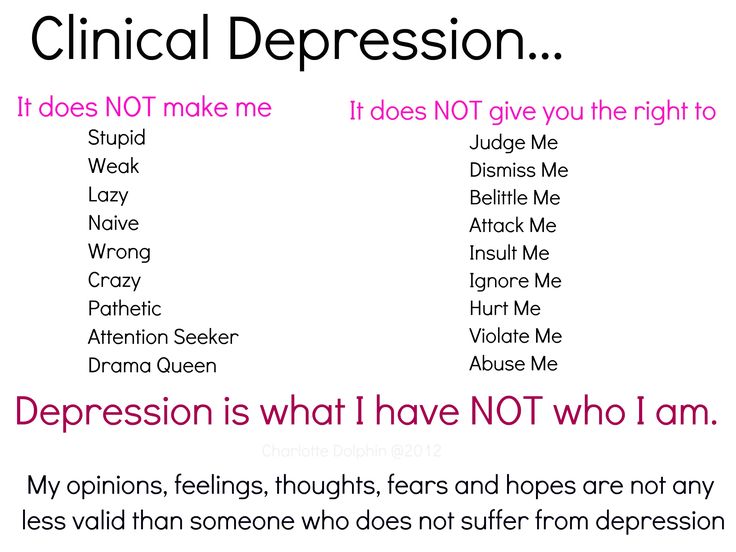Children do not listen
How to Help a Child Listen
There are many reasons your child may be struggling to listen — and many ways that you can help them become a better listener.
It’s a truth universally acknowledged by all parents: Sometimes, your child doesn’t (or won’t) listen to you.
While these moments can be frustrating, there’s likely a good reason why your child struggles to listen. They may be overwhelmed by what you’re telling them to do. Or maybe they’re doing it to get a reaction.
Difficulty listening to or following directions can also be a symptom of a mental health disorder, such as attention deficit hyperactive disorder (ADHD).
No matter the cause, there are many ways to actively help your child improve their listening skills.
There are several reasons your kid may not be listening.
They want to assert themselvesBeing a child means exploring the world and your identity in it. As they navigate the ins and outs of growing up, they may start to push boundaries as they develop a sense of self.
Your child may be trying to assert power or control, which is something children have very little of. Your child may also be trying to get a reaction from you. It’s important to show them that not listening affects them more than it does you.
Something else has their attentionYour child may not be listening to you simply because they’re focused on something else. This could be:
- homework
- watching TV
- participating in their favorite activity
- engaging with friends
It’s important not to assume that their attention can be easily divided when they’re “in the zone” doing something else.
They feel criticizedPeople of all ages often don’t respond well to criticism or negativity. Your child is more likely to tune you out if they feel judged or that they did something bad or wrong. Children may also have a hard time listening if they feel unheard or if their feelings have been minimized or invalidated.
Sometimes, your child may “tune you out” simply because you’re throwing too much at them at once, which can be overwhelming.
Rather than try to process several demands or expectations, or multiple pieces of information, they may choose to seem like they’re not listening at all.
It may be helpful to keep your requests short and specific to help your child better understand what you’re asking of them.
Kids may not have the same responsibilities as adults, but that doesn’t mean they don’t have a lot on their plates. When a parent asks too much of a child at once, they may become overwhelmed and shut down.
Your words and actions don’t matchIf you say one thing but do another, your child may not feel like they need to listen to you. A common one is enforcing consequences, like taking away access to video games, but giving them back when a child has a big reaction to having them taken away.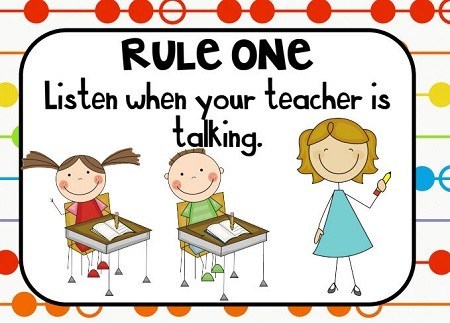
It’s essential to follow through on consequences to show your child that listening matters.
There may be a physical barrierIt’s possible that while your child wants to listen to you, they physically can’t. This could result from hearing loss, wax buildup affecting hearing, or even an auditory processing disorder.
If you suspect your child can’t hear properly, consider making an appointment with a pediatrician to evaluate their hearing.
They may listen differently as they ageYou might also notice changes in your child’s listening behavior as they age. For example, they may make less eye contact or give you less verbal cues that they are listening as they grow up.
Young children are still learning about their world and what boundaries may be in place. It may be helpful to model positive habits and reinforce what behaviors are or are not appropriate or acceptable.
Older children and teens are at a stage where they’re learning to establish their sense of independence.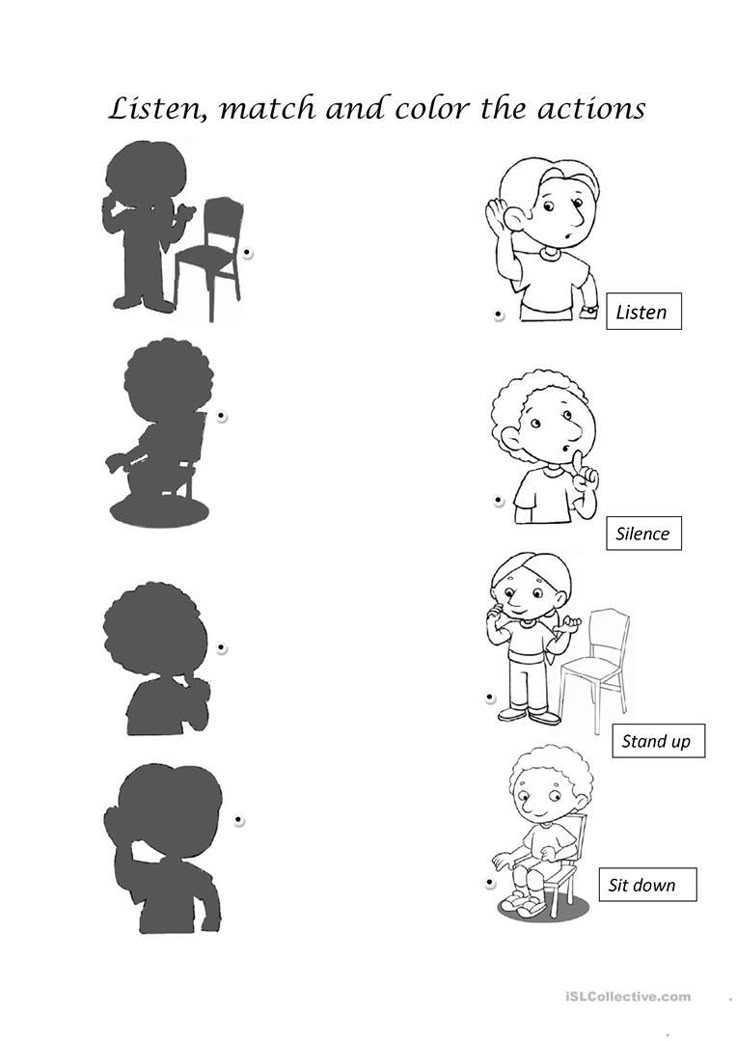 You may find it more challenging to get them to listen as they develop their decision-making skills.
You may find it more challenging to get them to listen as they develop their decision-making skills.
Teenagers also face high levels of stress from school, social interactions, and extracurricular activities, which can make them distractible and thus can cause struggles with listening.
They may have a mental health conditionFor some children, difficulty listening is a symptom of a mental health condition, like attention deficit hyperactivity disorder (ADHD).
ADHD is a neurodevelopmental disorder that can make it difficult to pay attention.
It often develops in childhood, affecting roughly 2% to 7% of all kids.
In addition to experiencing difficulty listening, children with ADHD may:
- have a short attention span
- have difficulty sitting still or fidget
- be easily distracted
- lose or forget things
- talk a lot
- engage in risky behaviors
- interrupt others
- have trouble following directions
According to the Centers for Disease Control and Prevention (CDC), other mental health conditions that can affect your child’s ability to listen include:
- depression
- anxiety
- obsessive-compulsive disorder (OCD)
- Tourette syndrome
- oppositional defiant disorder (ODD)
- post-traumatic stress disorder (PTSD)
There are several strategies you may consider trying to help your child become a better listener:
- Be specific.
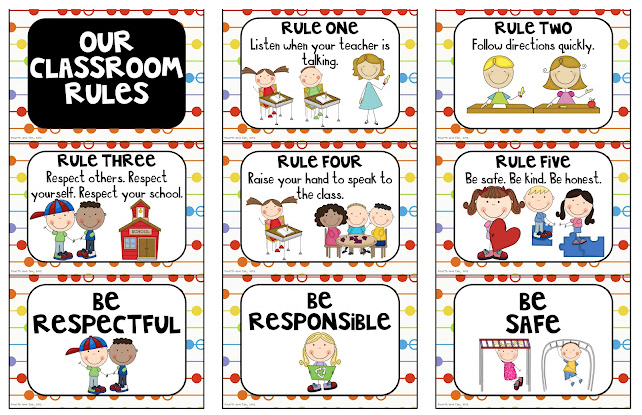 Setting lofty expectations or asking for too much at once can be confusing. Instead, it may be more helpful to be concise and specific when asking your child for something. Try using simple wording and asking for one thing at a time.
Setting lofty expectations or asking for too much at once can be confusing. Instead, it may be more helpful to be concise and specific when asking your child for something. Try using simple wording and asking for one thing at a time. - Mirror habits. Your children are always watching you, and their actions are often a reflection of your own. If you don’t listen, they may not either. By actively choosing positive behaviors, you may find that your child engages in actions that mirror yours.
- Be patient. Developing listening skills takes time. It’s a good idea to consider the importance of being patient with your child as they learn what is and isn’t appropriate. Try showing them that it’s okay if they stumble. Encouraging them to continue working toward improving their listening abilities, rather than getting impatient or upset with them, may also be helpful.
- Stay calm. Try to avoid getting worked up when your child doesn’t listen.
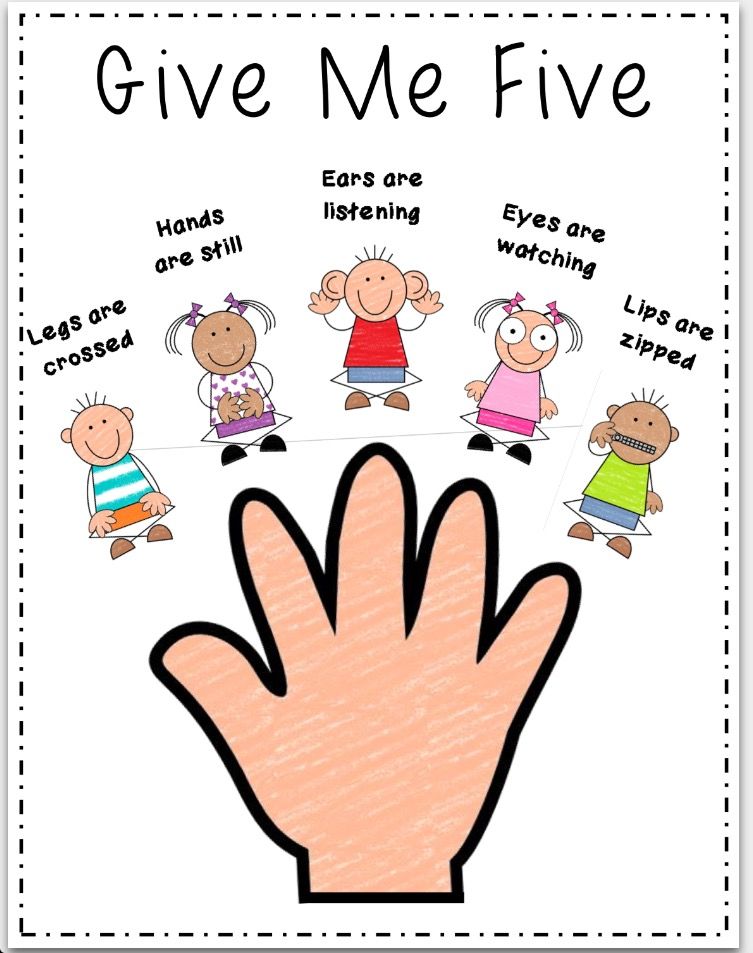 Getting upset, angry, or yelling at your child may cause them to potentially repeat the behavior. Many kids may feel criticized when yelled at, leading them to shut down and stop engaging.
Getting upset, angry, or yelling at your child may cause them to potentially repeat the behavior. Many kids may feel criticized when yelled at, leading them to shut down and stop engaging. - Praise good behaviors. Consider providing positive reinforcement when your child does what you tell them. This may make them want to repeat the good behavior. On the flip side, it’s important to provide encouragement when they struggle, rather than give them negative feedback. When they see their efforts being cheered on, they’ll want to continue working toward success.
- Listen to them. When a child feels like you don’t listen to them, they can sometimes respond by not wanting to listen to you.
Building a positive relationship between you and your child can also help them listen better. This can involve establishing an open dialogue and creating mutual respect by really taking in what they have to say.
When a child feels supported by their parents and their voice and actions matter, they’ll make sure that they do their part to maintain the dynamic — including engaging in positive listening behaviors.
Some children may may have a harder time with this than others, and extra effort may be needed to guide them toward improved listening habits.
In these cases, you may want to consider seeking the support of a mental health professional, such as a family counselor or psychotherapist, to uncover what may be causing your child’s challenges with listening.
Some parents may turn to punishment when other approaches aren’t working, including all forms of corporal punishment and yelling at or shaming children. However, 2018 research suggests that this approach may reinforce negative behaviors rather than stop them.
Unlike punishment, where a child may be yelled at, grounded, or reprimanded for not listening, positive discipline may involve guiding your child toward better listening behaviors.
This may help them develop responsible and respectful habits that can help them not only with their listening skills but with other aspects of their development.
Common positive discipline strategies include:
Positive reinforcementsConsider taking time to praise good listening behavior rather than signaling out when they’re not listening.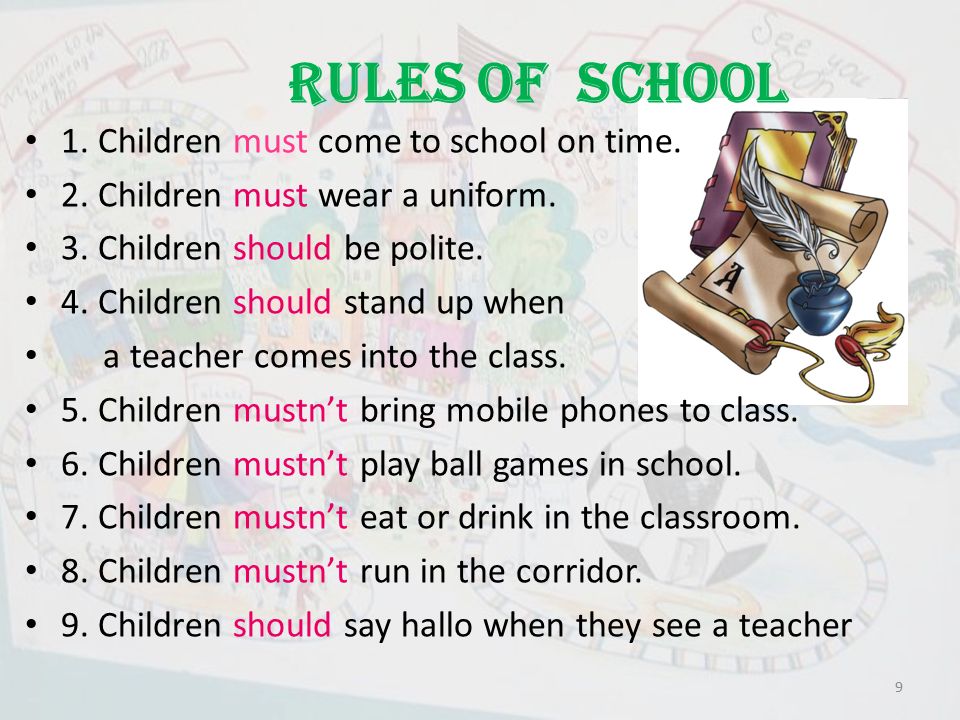 This can help your child become a better listener, and can look like:
This can help your child become a better listener, and can look like:
- naming that you like the way your child is listening
- giving a hug or high-five
- doing something your child enjoys
Young children, in particular, respond well to this approach.
Some 2020 research suggests that positive reinforcement supports young children’s use of appropriate behaviors and skills.
RedirectionPoor behavior is often a result of boredom, defiance, or simply not understanding how to respond appropriately.
Redirection can be a tool for steering these negative behaviors toward positive ones.
Some examples might be verbal redirection, such as telling a child to stop a specific behavior and explaining what acceptable behavior looks like, and physical redirection, like adding gentle touch.
One-word remindersToo many words can distract some children, making it hard to follow directions.
Instead, you may find it more beneficial to use single-word reminders to reinforce what you’re asking of your child.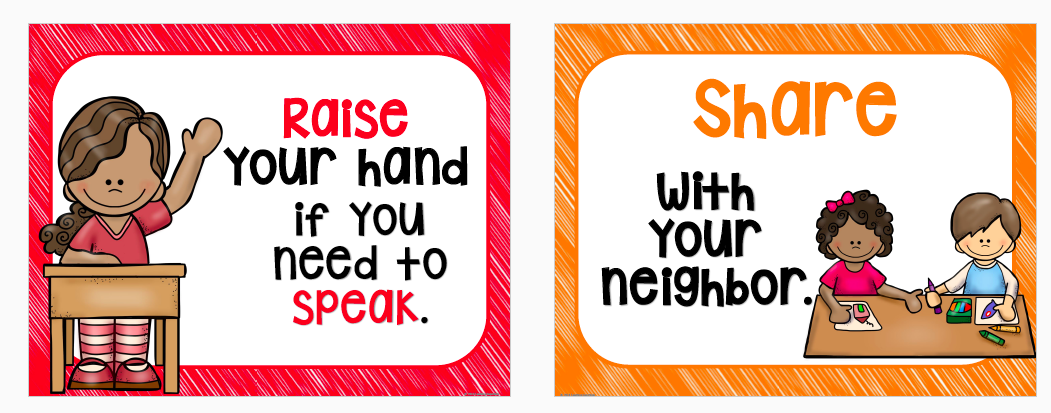
Much like one-word reminders, specificity is key when coping with a child who doesn’t listen.
You may find it helpful to provide specific and direct expectations to prevent miscommunication. This is an especially important approach for teens, who often need clear boundaries and expectations.
Provide encouragementPraising strong listening skills is essential, but so is encouraging your child’s efforts — even when they may fall short.
It can take time to hone good listening skills, and cheering your child on as they make progress can help them want to become a better listener, rather than giving up.
There are many reasons your kid may not be listening to you. Maybe their focus is elsewhere or they’re trying to get a rise out of you. They could also be overwhelmed and not understand what you’re asking of them.
Understanding why they’re struggling to listen may help you guide them toward more positive listening behaviors.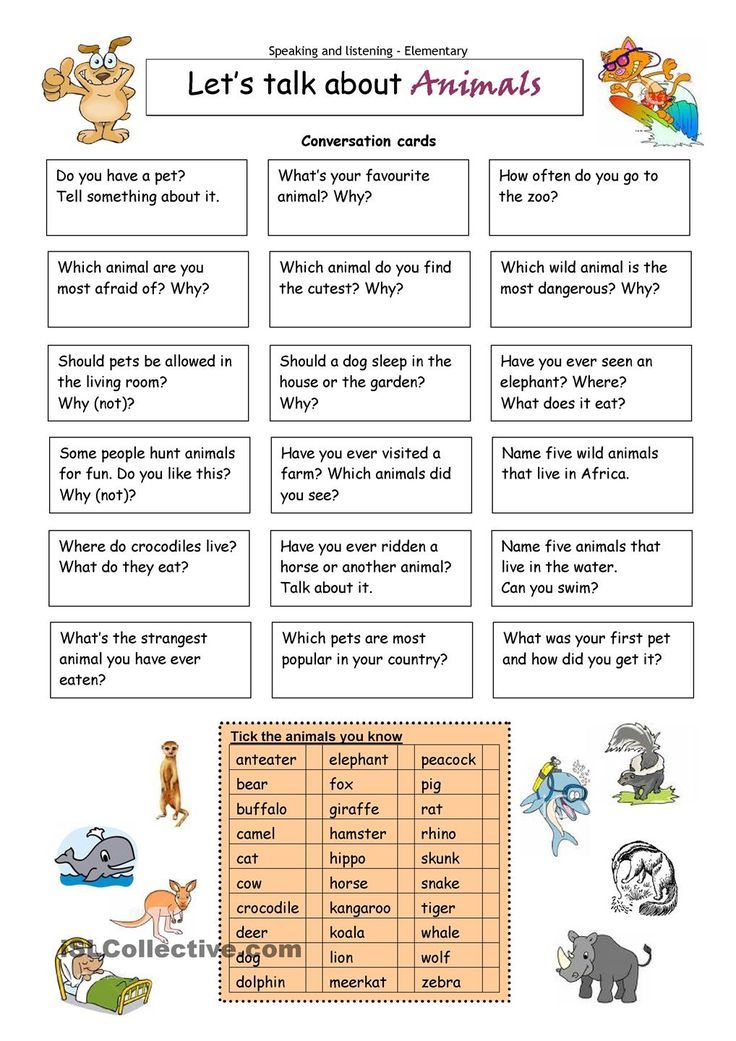
To help your child become a better listener you may find it helpful to be specific in your requests, model positive behaviors, and provide praise and encouragement.
You might also consider seeking support from a professional, such as a counselor or therapist.
At the end of the day, it’s important to remember: Being a kid is hard. They’re still learning who they are, both within themselves and in the world.
It’s a good idea to have patience with your child and give yourself grace as you help them navigate the journey of growing up.
4 Reasons Why Your Child Is Not Listening
Most parents of young children who come to our offices have a similar complaint: “My child won’t listen.” Parents share their experiences of frustration and exhaustion due to their child’s inability to listen and follow directions. These parents report repeating themselves multiple times before their child complies or eventually doing the task themselves. While watching Finding Nemo recently, I was struck by one of the opening scenes in which we see Marlin parenting practices. He is portrayed as anxious and overprotective, but I also noticed how extremely bossy Marlin acted. Furthermore, his incessant demands of Nemo left him little opportunity to notice how much Nemo was paying attention to him. This is a problem I see often in my practice: Parents can unknowingly give too many commands that do not allow for any follow-through and fail to notice when their children are compliant.
He is portrayed as anxious and overprotective, but I also noticed how extremely bossy Marlin acted. Furthermore, his incessant demands of Nemo left him little opportunity to notice how much Nemo was paying attention to him. This is a problem I see often in my practice: Parents can unknowingly give too many commands that do not allow for any follow-through and fail to notice when their children are compliant.
What is a command?
A command is telling your child what to do. In Parent-Child Interaction Therapy (PCIT), commands are classified as Direct or Indirect. Direct commands are declarative statements with an expectation of a certain response; whether the response can be completed is a separate story. ‘Please clean up your room’ is an example of a direct command. Indirect commands are commands or directions that can be inferred as being optional. However, in practice, when parents use indirect commands, they typically are not optional, which sets their child up in a trap. ‘Can you pick up your toys?’ is an Indirect Command because the question makes it seem optional. The child can say ‘no’ in response to this question — and this is when parents usually respond with “well it’s not an option.” If it is not an option, then do not ask.
‘Can you pick up your toys?’ is an Indirect Command because the question makes it seem optional. The child can say ‘no’ in response to this question — and this is when parents usually respond with “well it’s not an option.” If it is not an option, then do not ask.
In Finding Nemo, Marlin falls into common parenting traps that lead to continued misbehavior in children. Marlin’s biggest downfall comes from four areas: too many commands, fueling negative behavior, preventing opportunities for compliance, and lack of acknowledgment for compliance.
Too demanding
I coded the first 5 minutes of Marlin’s interactions with Nemo using the coding system I use when conducting PCIT sessions. During this 5-minute interval, Marlin issued 28 commands! Imagine your boss giving you 28 commands in 5 minutes. It is nearly impossible to follow 28 commands exactly in 5 minutes. Further, it is difficult for parents to follow through with consequences after 28 commands. When the majority of your interactions with your children are commanded, whether direct or indirect, the relationship can become defined by obedience and waiting for the next task.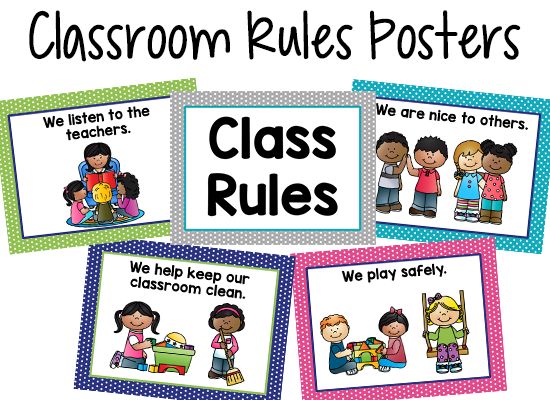 Instead, these relationships could be filled with fun moments, curiosity, and nurturance. One of the effects of Marlin’s frequent demands is that he constantly repeats himself. Marlin’s frequent back-to-back demands of Nemo not only exhaust Nemo, but himself as well. When the exhaustion kicks in, it leads to two options: First, increased frustration which could result in screaming, threats, or unsafe parenting practices. For example, when Marlin began to yell, “Stop! You take one more move, mister, don’t you dare! If you put one fin on that boat!.” The other option is surrender, which results in negotiation, coaxing, or the parent completing the task themselves. Take this moment at the beginning of Marlin and Nemo’s exchange:
Instead, these relationships could be filled with fun moments, curiosity, and nurturance. One of the effects of Marlin’s frequent demands is that he constantly repeats himself. Marlin’s frequent back-to-back demands of Nemo not only exhaust Nemo, but himself as well. When the exhaustion kicks in, it leads to two options: First, increased frustration which could result in screaming, threats, or unsafe parenting practices. For example, when Marlin began to yell, “Stop! You take one more move, mister, don’t you dare! If you put one fin on that boat!.” The other option is surrender, which results in negotiation, coaxing, or the parent completing the task themselves. Take this moment at the beginning of Marlin and Nemo’s exchange:
Marlin: Ah ah ah, forgot to brush.
Nemo: sighs
Marlin: Do you want this anemone to sting you?
Nemo: …yes.”
Marlin’s attempt to negotiate with Nemo using reason backfired because there would be no reason that Marlin could give to make Nemo want to brush.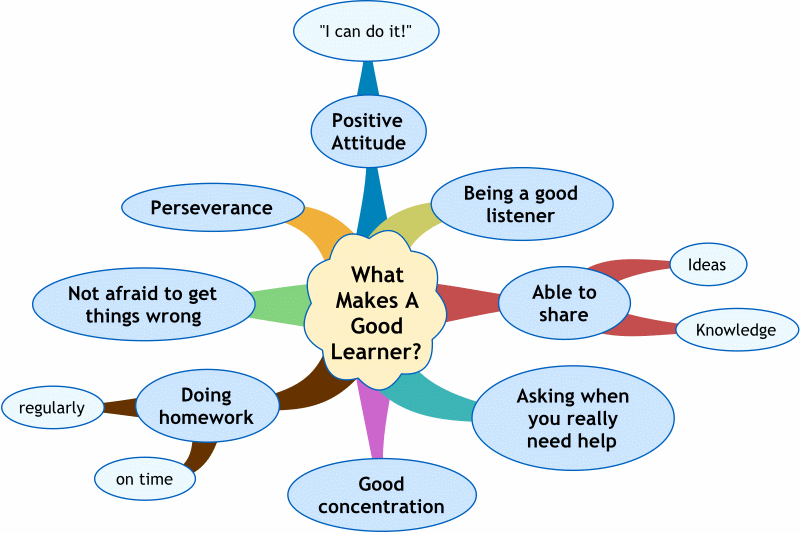 The point is Nemo has to brush even if he does not want to. Marlin giving a more effective command could have avoided this power struggle. Additionally, decreasing the number of commands Marlin gives decreases opportunities for conflict. One question for parents to consider before making demands is to determine ‘Is this necessary?’ One way to address children’s behavior is to use natural consequences. If your child wants to wear shorts to school instead of pants, the natural consequence is that they will be cold, and maybe next time they will decide to wear pants.
The point is Nemo has to brush even if he does not want to. Marlin giving a more effective command could have avoided this power struggle. Additionally, decreasing the number of commands Marlin gives decreases opportunities for conflict. One question for parents to consider before making demands is to determine ‘Is this necessary?’ One way to address children’s behavior is to use natural consequences. If your child wants to wear shorts to school instead of pants, the natural consequence is that they will be cold, and maybe next time they will decide to wear pants.
Supplying fuel to the fire
Children crave the attention of their important people. Children also cannot tell the difference between positive and negative attention. The majority of Marlin’s commands and statements were pulling attention to the negative behaviors. Marlin runs out to Nemo screaming “Nemo! No!” and accosting him for behavior he did not commit. Nemo was not even considering going to touch the boat until Marlin made a fuss of it and directed attention to it.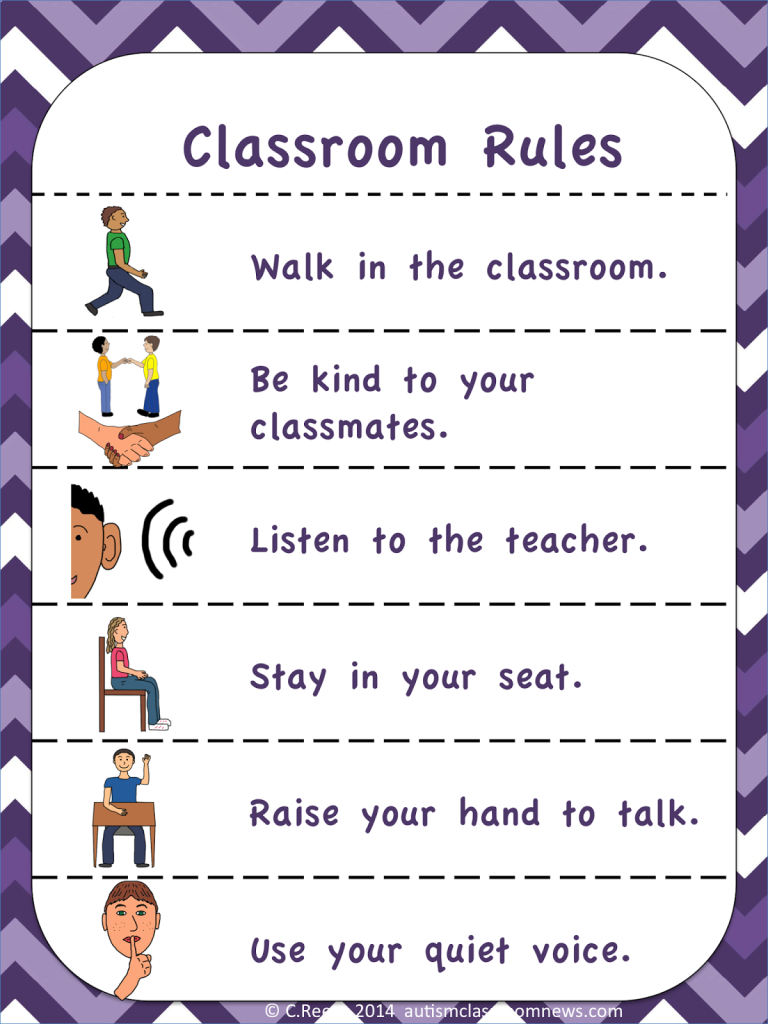 Words like ‘no’, ‘don’t’, and ‘stop’ are categorized as Negative Talk in PCIT. Negative Talk is avoided because it gives attention to the negative behavior. The minute you say ‘don’t touch that,' all your child is thinking about is touching it. In PCIT we coach parents through a specific and highly effective ignore procedure to remove attention from negative behaviors.
Words like ‘no’, ‘don’t’, and ‘stop’ are categorized as Negative Talk in PCIT. Negative Talk is avoided because it gives attention to the negative behavior. The minute you say ‘don’t touch that,' all your child is thinking about is touching it. In PCIT we coach parents through a specific and highly effective ignore procedure to remove attention from negative behaviors.
Effective commands are positively stated, meaning they tell the child what to do instead of what not to do. If the goal is to not give attention to negative behavior, it is not effective to tell a child not to do it. Instead of “don’t run in the house,” try “please using your walking feet.” Instead of “stop yelling” try “use your inside voice.”
Making impossible commands
The mark of an effective command is the other person's ability to comply with it. There are several behaviors that parents can unknowingly commit that make commands impossible to follow including successive commands and commands with no measure of compliance.
Successive commands are back-to-back commands. Young children listen better when given one task at a time and an appropriate length of time to start complying without introducing the distraction of a new command. Marlin ends up giving Nemo 6 commands in 12 seconds when he tells him to stay away from the boat. In PCIT we encourage parents to wait 5 seconds (silently) without saying anything following giving a command. This time period allows the child to hear the command and make a decision to follow it without distraction. When parents introduce new commands or distractors, it takes away from the child’s compliance and can result in a parent not paying attention to compliance when it happens. Introducing the 5-second rule and waiting for compliance also reduces the need for parents to constantly repeat themselves. When we set the expectation that the child is to comply with a command the first time it is said, repetitions are not needed.
Commands with no measure of compliance include yelling a child’s name.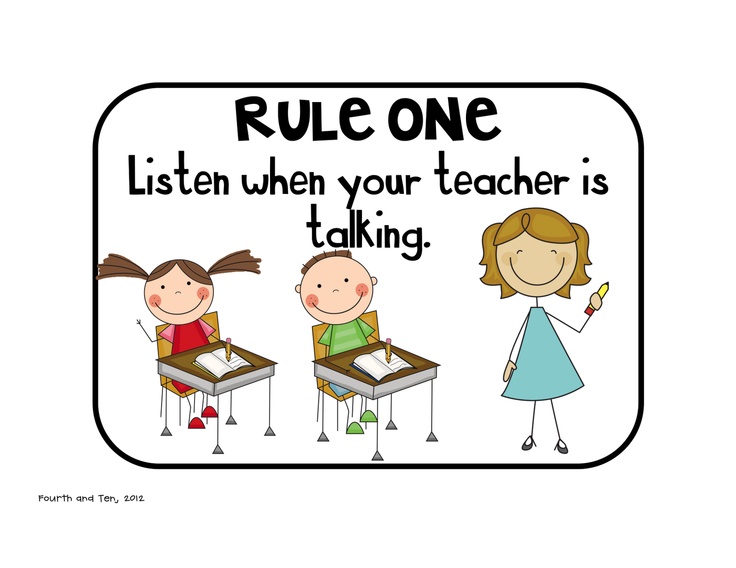 When Marlin yells “Nemo!” it is not clear what Marlin wants from Nemo. He is demanding a response which makes it a command; however, the response is not clear so there is no real way for Nemo to comply. Children (and adults) are not mindreaders. Simply yelling the child's name does not indicate what behavior you want from your child. It is important to be specific.
When Marlin yells “Nemo!” it is not clear what Marlin wants from Nemo. He is demanding a response which makes it a command; however, the response is not clear so there is no real way for Nemo to comply. Children (and adults) are not mindreaders. Simply yelling the child's name does not indicate what behavior you want from your child. It is important to be specific.
Acknowledge compliance
Marlin’s final misstep was a failure to acknowledge Nemo’s compliance. When we do not praise or acknowledge (reinforce) positive behavior, it will decrease. When Nemo brushed after he was told, Marlin could have ensured that the brushing behavior would continue by praising it. When Marlin tells Nemo to stay close to him while crossing the intersection, he could ensure Nemo continues to comply by praising his compliance. Remember: Any behavior we give attention to is bound to happen again so it is especially important to give attention to positive appropriate behaviors to ensure they continue occurring.
Marlin and Nemo's Therapy
Marlin’s parenting strategies are not uncommon for most human parents. An important consideration to explain Marlin’s behavior was the trauma he experienced losing Nemo’s mother and 399 of their other children. Marlin’s traumatic loss impacts his parenting and view of the world which can also impact his attachment relationship with Nemo. Parent-Child Interaction Therapy is an evidence-based treatment program for young children with behavior problems. Beth Troutman’s Integration of Working Models of Attachment into Parent-Child Interaction Therapy (IoWA-PCIT) incorporates the research of attachment theory to address the relationship while addressing behavior. Marlin and Nemo could greatly benefit from IoWA-PCIT as it would provide an opportunity for understanding Marlin’s part in his behaviors while using proven strategies to maximize Nemo’s best behaviors.
Why children do not obey
home
Parents
How to raise a child?
Why don't kids listen?
- Tags:
- Expert advice
- 1-3 years
- 3-7 years
- 7-12 years old
- teenager nine0014 children in the family
- family relationships
Finding an absolutely obedient child is almost impossible. Disobedience is part of the behavior during the crisis periods of childhood and is considered the norm with single manifestations. Children's disobedience is directly related to upbringing. It is never too late to start correcting misbehavior. Let's figure out who is to blame and what to do.
Disobedience is part of the behavior during the crisis periods of childhood and is considered the norm with single manifestations. Children's disobedience is directly related to upbringing. It is never too late to start correcting misbehavior. Let's figure out who is to blame and what to do.
Causes of child disobedience
A child's behavior is determined by two important factors: psychological characteristics and characteristics of upbringing.
It is important to understand that both factors act simultaneously. It is impossible to justify the behavior of children by their characteristics - it is necessary to recognize the inability to take these characteristics into account in the process of education.
Children's disobedience can be caused by a number of factors.
Age crisis. Age periodization implies several transitional moments, which may be accompanied by inappropriate behavior. The most striking are: the crisis of three years (the transition from early childhood to preschool), the crisis of seven years (the transition from preschool to primary school age) and the adolescent crisis. During these periods, children are poorly controlled, as they try to get out of the control of adults. nine0003
During these periods, children are poorly controlled, as they try to get out of the control of adults. nine0003
Lots of restrictions and requirements. Prohibitions are effective only if they are small in number. If a child constantly hears the word “no”, this causes indignation in him, and then a protest expressed in disobedience. Try to count how many times you say "no" to your child during the day. If it turns out that the number of prohibitions is large, then think about how a child can learn about the world around him if everything is forbidden to him.
Permissiveness. nine0036 The complete removal of restrictions and prohibitions also has a negative effect on children's upbringing - one should not think that in this way a happy childhood is ensured. When a restriction occurs, the child becomes uncontrollable. To instill in a child respect for other people, the ability to empathize becomes impossible, since for a long time he listened only to his own needs.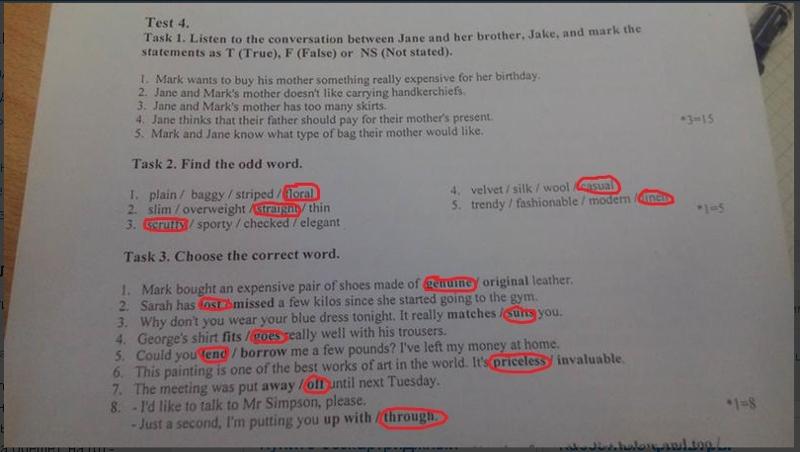 Any attempt to take control of a son or daughter will lead to disobedience.
Any attempt to take control of a son or daughter will lead to disobedience.
Lack of attention from others. nine0036 Disobedience is often an attempt by a child to draw attention to himself. Parents are busy at work, solving family problems, or they simply do not care about their children. At playgrounds, you can meet mothers buried in their phones and periodically monitoring the movement of their own children. At home, parents replace their presence with expensive toys, while they themselves are busy doing housework or sitting at the computer. The little man wants to communicate with his family. He asks to play with him, read to him, but most often he hears a refusal. And only when the child does not want to fulfill the requirements of adults, parents pay attention to him. nine0003
Lack of unity of requirements. In a large family, everyone has their own views on education. If they do not match, then it is difficult for the child to meet all the requirements at the same time. Therefore, he most often chooses the most convenient model of behavior for himself - disobedience.
Therefore, he most often chooses the most convenient model of behavior for himself - disobedience.
Family problems. Many families experience relationship problems, resulting in frequent conflicts. When solving their problems, parents often do not pay enough attention to their children. For some time, the child remains in the shadow of adult problems, and then begins to get out of parental control. nine0003
Divorce is very stressful for children. Its consequences for the child's psyche are unpredictable, and disobedience is not the most dangerous of them.
Lack of parental authority. An important reason for children's disobedience. Adults are the first and main teachers for their child. They should constantly set a good example, but often they don't.
Children do not hear words - they see an example. If the parents do not listen to each other, if the mother dismisses the remarks of the grandmother with unflattering comments, then you should not expect obedience from the child. nine0003
nine0003
Read also
How to make a child obedient: 5 recommendations to parents
Mistakes of parental love
How to prevent disobedience
-
Clearly control and motivate prohibitions. There shouldn't be many of them. The focus is on the safety of the child. The ban is always in effect.
-
Match the number of punishments and rewards. Do not allow frequent punishment of the child. Praise your children often.
-
Use techniques to switch children's attention. You should not connect your stubbornness to the stubbornness of the child. Be more flexible in dealing with children.
-
Do not repeat your demands and requests several times and do not turn to shouting. This will lead to the fact that the child will get used to being asked several times, and will only respond to a raised voice. Get things done the first time.
-
Try to communicate with children as little as possible to use the particle "not".
 The expressions "don't run", "don't jump", "don't scream" sound like prohibitions. They need to be replaced with permissions: “walk calmly”, “play on the carpet”, “speak in a low voice”. nine0003
The expressions "don't run", "don't jump", "don't scream" sound like prohibitions. They need to be replaced with permissions: “walk calmly”, “play on the carpet”, “speak in a low voice”. nine0003 -
Do not react to protests and demonstrative behavior of children. Talk to your child calmly or find an opportunity to calm him down.
-
Observe the unity of requirements for the upbringing of children in the family. Do not let relatives break the general rules.
-
Give your child enough time. The time spent with your child will leave a positive imprint on his whole life.
-
Respect children's interests and wishes. Do not put your interests above children's. nine0003
-
Keep children out of family conflicts.
Childish disobedience does not appear out of nowhere. The undesirable behavior of children has its own, sometimes quite deep reasons. Remember this and do not provoke your children to disobedience.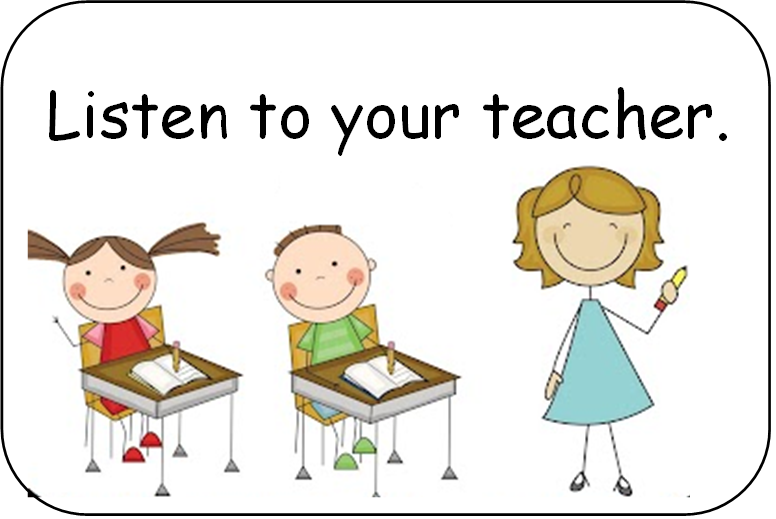
Svetlana Sadova
Why does the child not obey you?
Often, for no apparent reason, your child begins to act up and do everything in defiance. What is the reason? The answer to this question will help you learn a new test from I am a Parent
Take the test
More on the topic
Envy of classmates - what parents should do
How to educate gratitude in a child
Conflict between teenagers - will they figure it out themselves?
What to do if a child does not obey his parents
Komsomolskaya Pravda
Dom. FamilyMom and babyMom and baby: Upbringing and development
Natalia ANDREASSEN
November 16, 2018 2:04
Ways that allow your child to obey you without threats and shouting
Does the child not hear you? Maybe you just don't know how to talk to him. Photo: photobank Lori
You've already jumped out of your skin, and your dear child still doesn't want to sit down for lessons, eat porridge or put away toys. There is no strength to persuasion, grabbing a belt or yelling is non-pedagogical ... How to make a child obey you? Advice is given by our expert - family and child psychologist, mother of three children Regina BESEDA .
There is no strength to persuasion, grabbing a belt or yelling is non-pedagogical ... How to make a child obey you? Advice is given by our expert - family and child psychologist, mother of three children Regina BESEDA .
1. Stop and think
- Before making any moves towards the child, pause and think: what exactly do you dislike right now? Turn emotions into words, clearly formulate a thought before starting a conversation.
- And if you still shout?
- When we speak in raised tones, information rarely reaches the addressee. There is such an expression in psychology - "ears are turned off." And vice versa, the protection system turns on: the child begins to resist or pretend that he does not hear us at all. nine0003
2. Face to face
- You want your child to see your face. Clearly, with calm articulation, say what you want from him.
- Isn't it possible to talk without looking up, for example, from the stove?
- Everyone appreciates attention. If we adults talk with our backs to each other, that would be disrespectful, wouldn't it? Likewise, when you turn to a child, you show: yes, I have time for you. Then the child will not miss your requests and comments. nine0003
If we adults talk with our backs to each other, that would be disrespectful, wouldn't it? Likewise, when you turn to a child, you show: yes, I have time for you. Then the child will not miss your requests and comments. nine0003
3. Do without “you can't”
- We often use these words: “Don't do it! It is forbidden!" But there is a simple exercise for parents. Close your eyes right now and imagine an elephant. See? Now imagine the “not” particle. How she looks like? Letters? But before you is a child who cannot read. And does not know any letters! He thinks in pictures. Therefore, when we say "elephant", the child sees an elephant. And when we say "don't do ..." - the child omits the "not" particle and hears everything else. "Don't scream," he screams. "Don't run" - he runs. nine0003
What to do? Instead of "can't" say "can", explaining what needs to be done in a particular situation. For example, your child ran across the street. Do not shout “no!”, but say: “You can only cross with your mother.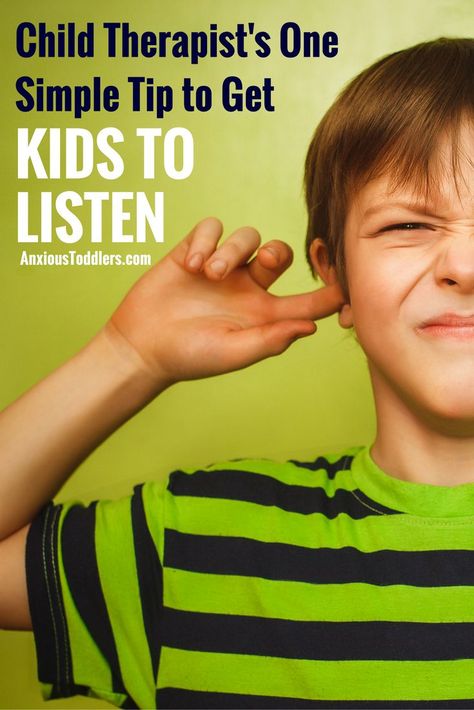 ” The child will remember this wording and will do so.
” The child will remember this wording and will do so.
- And if he still does not respond?
- Alas, most often adults talk to a child either with orders (“Hush! Get up! Done!”) or with excessively frequent requests (“Speak more quietly, please”). But after all, you can respond to a request in different ways. And the child has the right to refuse to comply with it. If we ask the baby for something in a conflict situation, it should definitely not be a request. But it is not an order either - a rigid form of communication that violates personal boundaries. nine0003
- What to choose?
- Instructions. Instead of "do not run up the stairs - you will fall" we say "they walk calmly up the stairs." And the child will automatically do it. If you repeat the threat “you will fall on the stairs”, the child will fix this and will certainly fall ...
Psychologist Regina Beseda is a mother of three children herself. Photo: vk.com
in a fit of anger, the parents say to the child: “Vasya, finally put your toys away!” - starting with a name. But if you want to praise, use the name: “Yes, Vasya, you did a great job, you did it!” And fix your attention on this, finishing the discussion of the problem. And don't say: "Do you remember, you were afraid..." 5. Prohibition of blackmail - Many people like phrases like "if you don't bring me slippers, I'll be offended by you." But such phrases indicate that we do not love our child with unconditional love. And if we do not want our children to blackmail us in this way when they grow up (“if you don’t buy a new phone, I’ll leave home”), don’t set a bad example. nine0003 IMPORTANT! When to punish... Up to 2 years punishments are generally inappropriate. If up to 2 years the period is lived quietly, then, as a rule, parents do not encounter either aggression or tantrums of the child. And if this happens, it means that he either starts to get sick, or has not had enough sleep. nine0003 From 2 to 3 years old - the age when the child just shakes the rights. The main thing here is the wisdom of parents: we monitor our speech speed, intonation - and the child will do what you ask him to do. There will be nothing to punish. From 3 to 5 years - at this age it's time to teach your baby to live by the rules. If you indulge a child in everything, he will grow up to be an egoist. Therefore, he must have some responsibilities. Say, put on your own boots. It's important that things work out. Therefore, let the shoes be not with laces, but with Velcro. From 5 to 8 years old - if the relationship with a child at this age is in crisis, you need to contact a psychologist, because he has already formed traditions and habits. And we need to understand where they came from. ...and encourage? ! A purchase cannot be an incentive. In order for a child to develop normally, feeling needed and loved, he must be stroked and caressed at least 8 times a day. But we can’t buy 8 cars or dolls a day! And remember: when a child has everything, he stops dreaming. nine0003 ! Encouragement should be intellectual, reinforcing the child’s self-confidence: “What a good fellow, that you came up with this, how great you did it!” ! Your attention, which the child appreciates more than gifts, will also be a form of encouragement. Say, for half an hour a day, you and your child read, lie on the floor on pillows, or walk. Or are you talking: how do dolls live? Or how are things in the garage? Maybe the cars should be taken to the car wash - to the bathroom? And the child will be grateful for such high-quality communication. USEFUL EXERCISE We train and switch attention Is the child distracted? You have to train your attention. For example, an adult offers a game on the street: name everything yellow that you see around. And the child learns to focus only on yellow: a car, a passer-by's clothes, leaves... Such training also helps in conflict situations. When we say, for example: let's see which eye you have more tears - from the right or from the left? The child switches: is it true, from which one? And now he doesn't cry anymore. nine0003 Age category of the site 18+ The online publication (website) is registered by Roskomnadzor, certificate El No. FS77-80505 dated March 15, 2021. EDITOR-IN-CHIEF OF THE SITE - KANSK VICTOR FYODOROVICH. THE AUTHOR OF THE MODERN VERSION OF THE EDITION IS SUNGORKIN VLADIMIR NIKOLAEVICH. Messages and comments from site readers are posted without preliminary editing. Forget about this form! Why? Because a person should treat his name not as a punishment, but as an encouragement. Address somehow differently: "Baby, it's time to put away the toys, they want to go to the house." nine0003
Forget about this form! Why? Because a person should treat his name not as a punishment, but as an encouragement. Address somehow differently: "Baby, it's time to put away the toys, they want to go to the house." nine0003  At this age, the child does everything that the adult tells him. It is enough to slightly change the intonation - and the baby will understand that he did something wrong.
At this age, the child does everything that the adult tells him. It is enough to slightly change the intonation - and the baby will understand that he did something wrong. 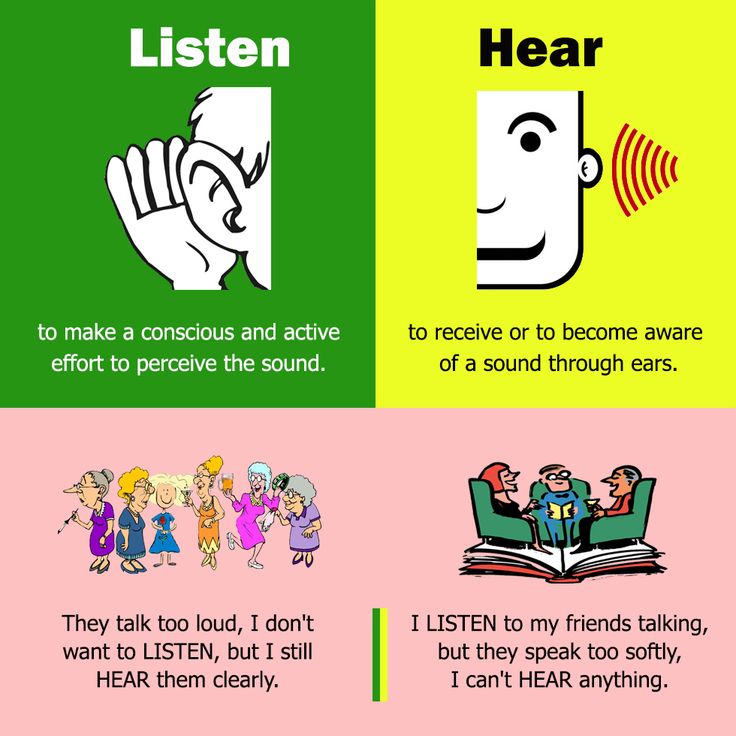 nine0003
nine0003  nine0003
nine0003 